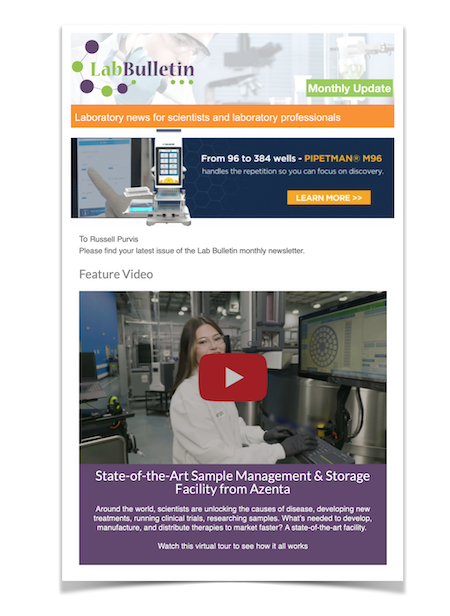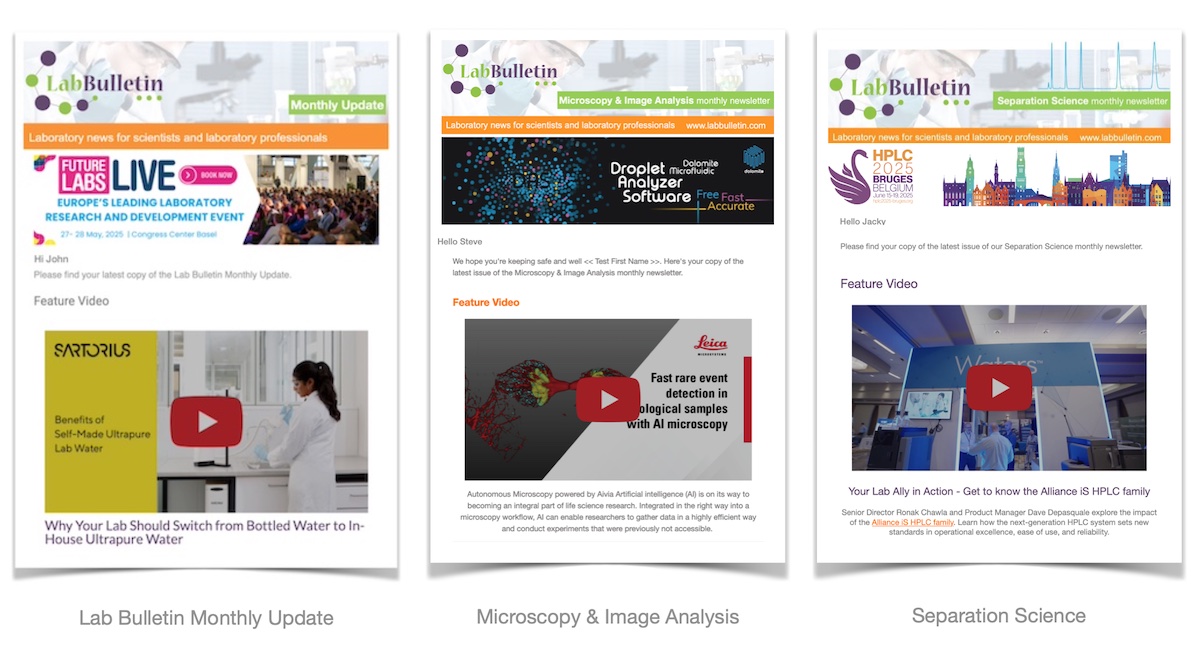Members Login

Channels
Special Offers & Promotions
Dotmatics Announce the Release of Bioregister 2020.1
New features ensure a single, scientifically-rigorous definition of therapeutic drug discovery data whilst facilitating data-driven querying tailored to respective chemistry and biology research domains
Dotmatics Ltd, a scientific informatics software and services company that is driving the automation of laboratory data workflows for scientific discovery and innovation research, has announced the introduction of Bioregister 2020.1, the latest version of its web-based application for registering sequence-based, chemically modified and structure-less biological entities. The enhanced application will support researchers developing chemically-modified therapeutics for drug discovery, by allowing users to define entities with full chemical representation and use that chemical representation for uniqueness checking during registration. Bioregister 2020.1 also supports implicit creation of click chemistry bioconjugation reactions to streamline the definition and registration of conjugated antibodies and peptides.
A notable trend in the drug discovery industry is the growing diversity of therapeutic entity-types being developed by cross-functional research teams, including a range of novel, non-natural biomolecules, specifically designed to access disease target locations and binding sites that are challenging for traditional small molecule or natural biologic approaches. This rapidly emerging field has previously been hindered by inadequate informatics systems preventing the correct storing of drug discovery candidates that possess both chemical and biological properties and which are developed across teams of chemists and biologists. Bioregister 2020.1 addresses many of those limitations.
Being introduced to Bioregister for the first time, “click chemistry” enables researchers to implicitly create specific peptide-drug and antibody-drug conjugates based on defined chemical interactions. With information often stored within pre-existing corporate databases, the new feature boosts workflow efficiency and has the potential to reduce the risk of introducing errors. In addition, researchers are now able to create new entities with full chemical representation, allowing accurate chemical-structure uniqueness checking and providing more robust IP protection than is currently possible using labels and shorthand notations. This becomes ever more important as a greater number of non-natural molecules are used, given the lack of standardization for the definition of these compared to what is available for natural molecules.
As the prevalence of chemically-modified therapeutics increases, editing existing entities to create child entities with modifications intended to enhance their potential as an effective therapeutic molecule will become a more common workflow. Supporting the HELM standard for notation and sharing of macromolecular entities, Bioregister 2020.1 expands its integration with the Pistoia Alliance HELM Web Editor (open access) by automatically creating sequence relationships for edited existing entities, supporting researchers’ understanding of the evolution of entities during the drug discovery process.
Dr Stephen Gallagher, Co-Founder and Chief Executive Officer Dotmatics, commented: “We’re committed to delivering enhanced software capabilities to our global customer base, driven by the latest user requirements. We believe that full chemical uniqueness checking is the premier method for registering biomolecules, including chemically-modified therapeutics, ensuring the most robust IP protection possible. The introduction of Bioregister 2020.1 cements our position as a leading provider of an enterprise-scale informatics solution that supports the research and discovery of chemically-modified therapeutics.”
For further information on Chemically-Modified Therapeutics and to view a recorded webinar highlighting the new Bioregister release, please visit: https://www.dotmatics.com/cmt.
Media Partners



